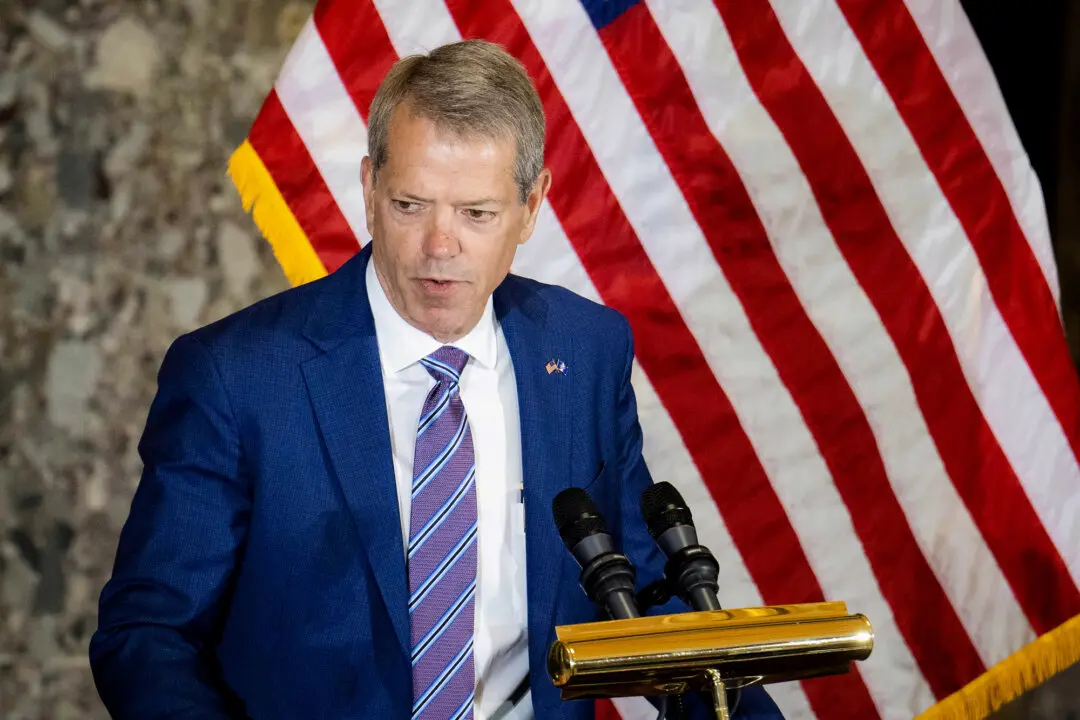The Organization of Petroleum Exporting Countries (OPEC) and its crude-producing allies, known collectively as OPEC+, have agreed to a modest boost in oil production in line with a previously agreed schedule, a decision that’s likely to support prices that are at near seven-year highs.
At the OPEC and non-OPEC ministerial meeting on Feb. 2, held via videoconference, the cartel and its allies reaffirmed their earlier commitment to continue gradually raising crude production by 400,000 barrels per day each month.





